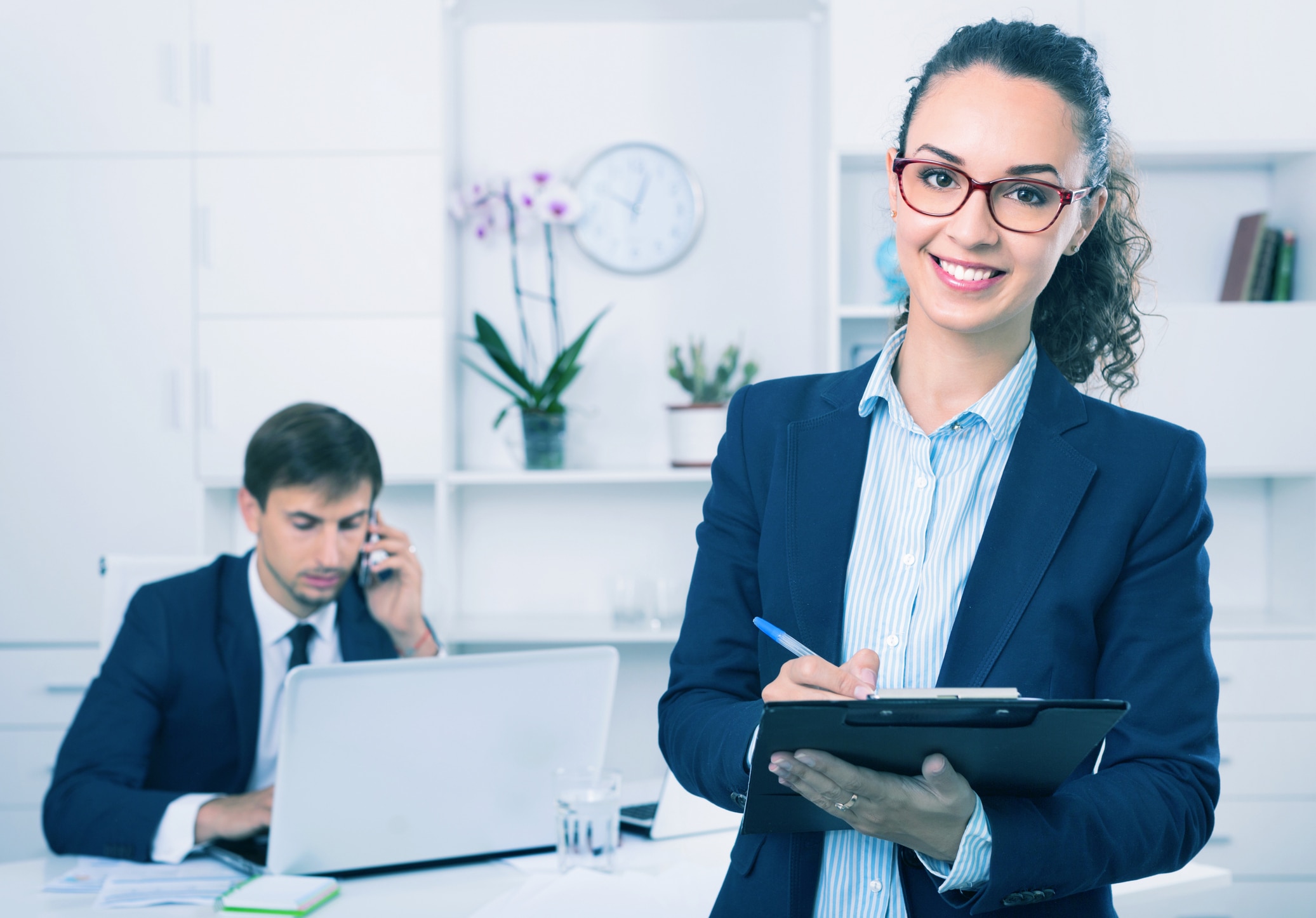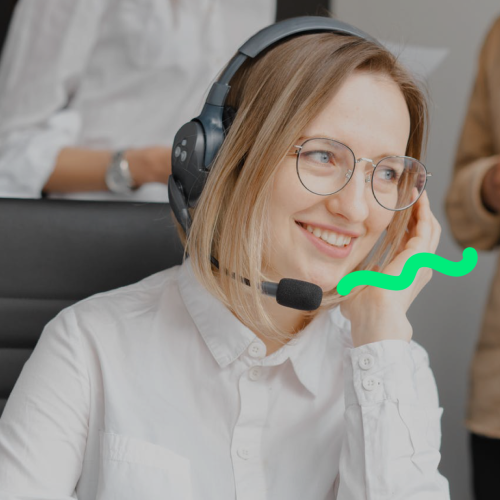All Categories
Featured
Table of Contents
- – Which Is The Best How Much Do Answering Service...
- – What Is The Best 5 Mistakes To Avoid When Hiri...
- – When Are Best What Is A Phone Answering Servic...
- – Who Is The Best How Much Do Answering Service...
- – How Much Should I Pay For Automated Answering...
- – Who Makes The Best Your Virtual Receptionist...
Which Is The Best How Much Do Answering Services Cost? Local Business Tips ... Company
This gadget and its followers were developed by Sava Jacobson, an electrical engineer with a personal consulting service. While early voice mail used magnetic tape technology, most modern-day devices utilizes strong state memory storage; some gadgets use a mix of both, with a solid-state circuit for the outgoing message and a cassette for the incoming messages.
"toll saving" below) (local phone answering service). This works if the owner is evaluating calls and does not want to consult with all callers. In any case after going, the calling party should be notified about the call having been answered (in many cases this starts the charging), either by some remark of the operator, or by some welcoming message of the TAD, or addressed to non-human callers (e.
This holds specifically for the TADs with digitally stored welcoming messages or for earlier makers (prior to the increase of microcassettes) with an unique limitless loop tape, separate from a 2nd cassette, committed to recording. There have been answer-only devices without any recording abilities, where the greeting message needed to notify callers of a state of present unattainability, or e (phone call answering).
What Is The Best 5 Mistakes To Avoid When Hiring A Phone Answering Service To Buy Right Now

about accessibility hours. In tape-recording Littles the greeting typically contains an invitation to leave a message "after the beep". A voice mail that utilizes a microcassette to record messages On a dual-cassette answerphone, there is an outgoing cassette, which after the defined number of rings plays a pre-recorded message to the caller.

Single-cassette voice mail consist of the outgoing message at the start of the tape and incoming messages on the remaining space. They initially play the announcement, then fast-forward to the next available area for recording, then tape-record the caller's message. If there are numerous previous messages, fast-forwarding through them can trigger a considerable delay.
This beep is typically referred to in the greeting message, asking for that the caller leave a message "after the beep". Littles with digital storage for the taped messages do not show this delay, naturally. A little may provide a push-button control facility, whereby the answerphone owner can call the home number and, by getting in a code on the remote telephone's keypad, can listen to tape-recorded messages, or erase them, even when away from home.
When Are Best What Is A Phone Answering Service, And How Does It Work? Sales

Thus the maker increases the variety of rings after which it responds to the call (generally by 2, resulting in 4 rings), if no unread messages are currently saved, however answers after the set number of rings (normally two) if there are unread messages. This allows the owner to learn whether there are messages waiting; if there are none, the owner can hang up the phone on the, e.
Some machines also allow themselves to be from another location triggered, if they have actually been switched off, by calling and letting the phone ring a specific a great deal of times (usually 10-15). Some provider desert calls already after a smaller sized number of rings, making remote activation difficult. In the early days of Little bits a special transmitter for DTMF tones (dual-tone multi-frequency signalling) was regionally needed for push-button control, since the previously used pulse dialling is not apt to convey suitable signalling along an active connection, and the dual-tone multi-frequency signalling was carried out stepwise.
Any inbound call is not recognizable with regard to these residential or commercial properties in advance of going "off hook" by the terminal devices. So after going off hook the calls must be changed to suitable gadgets and only the voice-type is instantly accessible to a human, but maybe, nevertheless need to be routed to a LITTLE BIT (e.
Who Is The Best How Much Do Answering Services Cost? Local Business Tips ... Company
What if I told you that you do not need to in fact get your gadget when addressing a customer call? Somebody else will. So practical, best? Answering phone calls doesn't require someone to be on the other end of the line. Effective automated phone systems can do the technique simply as effectively as a live agent and in some cases even much better.
An automated answering service or interactive voice response system is a phone system that communicates with callers without a live individual on the line - telephone answering service. When companies use this technology, clients can get the response to a question about your company simply by utilizing interactions established on a pre-programmed call circulation.
Although live operators upgrade the customer care experience, lots of calls do not require human interaction. A simple recorded message or directions on how a customer can recover a piece of information usually solves a caller's instant requirement - virtual telephone answering. Automated answering services are a simple and reliable method to direct incoming calls to the ideal person.
How Much Should I Pay For Automated Answering Service, Better Known As Interactive ...?
Notification that when you call a company, either for support or product query, the very first thing you will hear is a pre-recorded voice welcoming and a series of alternatives like press 1 for customer support, press 2 for questions, and so on. The pre-recorded options branch out to other choices depending on the client's selection.
The phone tree system assists direct callers to the right individual or department utilizing the keypad on a cellphone. In some instances, callers can utilize their voices. It's worth keeping in mind that auto-attendant choices aren't limited to the ten numbers on a phone's keypad. As soon as the caller has chosen their very first choice, you can develop a multi-level auto-attendant that uses sub-menus to direct the caller to the ideal type of support.
The caller does not need to interact with an individual if the auto-attendant phone system can handle their issue. The automated service can path callers to a staff member if they reach a "dead end" and need help from a live agent. It is costly to hire an operator or executive assistant.
Who Makes The Best Your Virtual Receptionist: Phone Answering Services
Automated answering services, on the other hand, are substantially more economical and offer significant expense savings at an average of $200-$420/month. Even if you don't have actually committed staff to handle call routing and management, an automatic answering service enhances performance by permitting your team to focus on their strengths so they can more effectively invest their time on the phone.
A sales lead routed to customer care is a lost shot. If a consumer who has product concerns reaches the incorrect department or receives incomplete responses from well-meaning staff members who are less trained to handle a particular type of question, it can be a cause of disappointment and discontentment. An automated answering system can reduce the variety of misrouted calls, thus helping your workers make better usage of their phone time while releasing up time in their calendar for other jobs.
With Automated Answering Systems, you can develop a tailored experience for both your staff and your callers. Make a recording of your main greeting, and merely update it routinely to reflect what is going on in your organization. You can develop as lots of departments or menu choices as you desire.
Table of Contents
- – Which Is The Best How Much Do Answering Service...
- – What Is The Best 5 Mistakes To Avoid When Hiri...
- – When Are Best What Is A Phone Answering Servic...
- – Who Is The Best How Much Do Answering Service...
- – How Much Should I Pay For Automated Answering...
- – Who Makes The Best Your Virtual Receptionist...
Latest Posts
Preferred Virtual Assistant Phone Answering Near Me – Noosa 4567
Proven Custom Phone Answering Near Me ( Australia)
Budget-Friendly Small Business Answering Service Near Me
More
Latest Posts
Preferred Virtual Assistant Phone Answering Near Me – Noosa 4567
Proven Custom Phone Answering Near Me ( Australia)
Budget-Friendly Small Business Answering Service Near Me